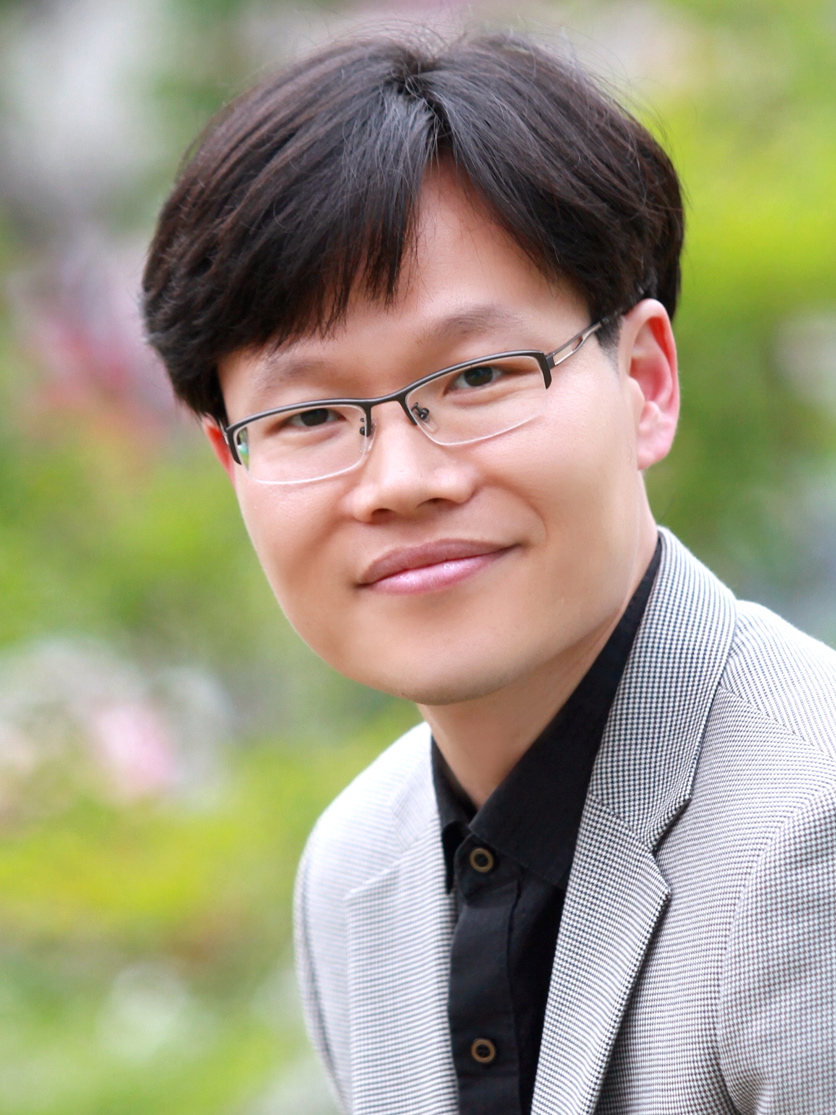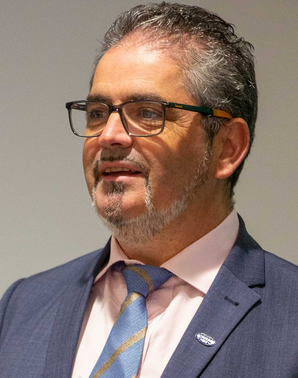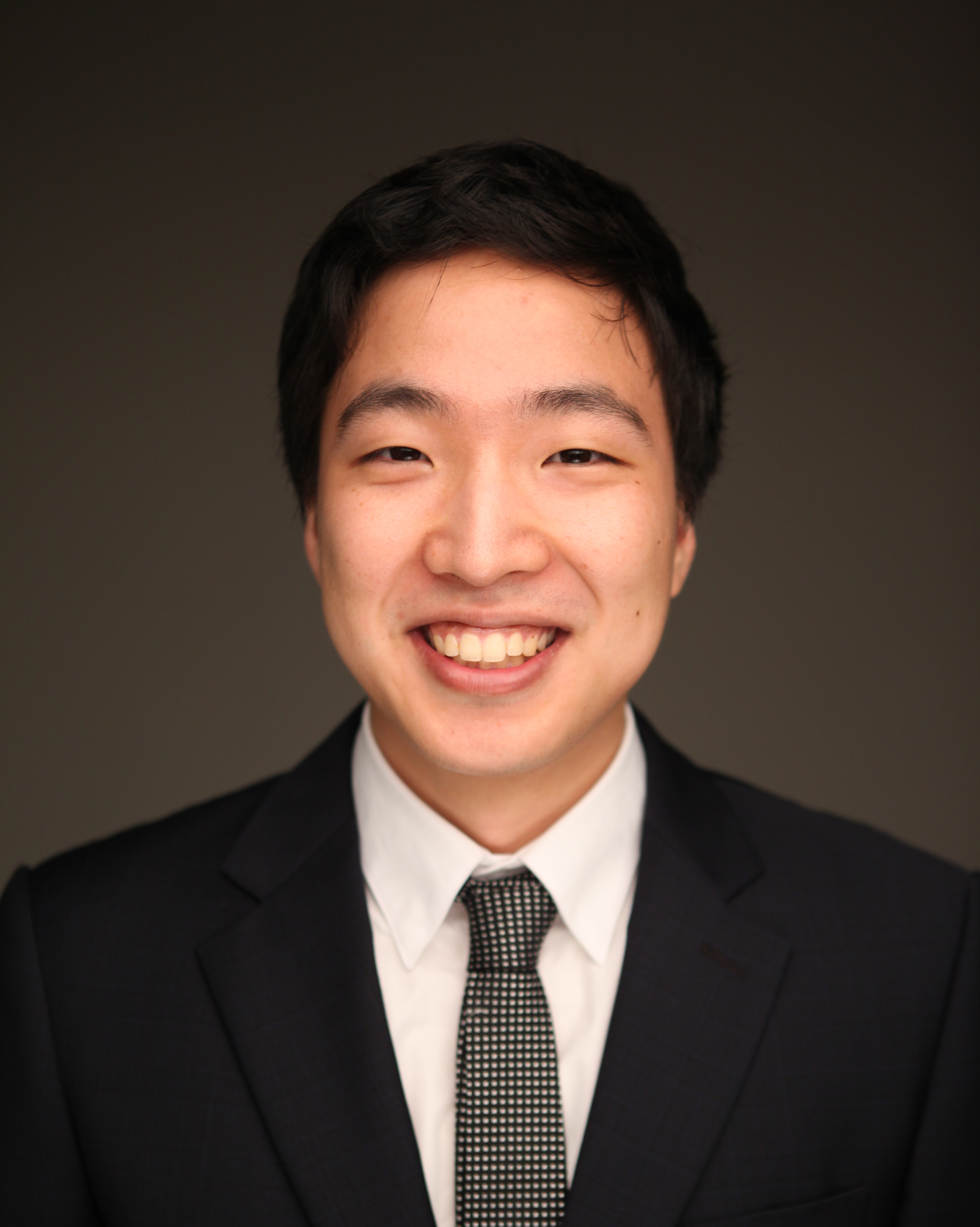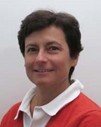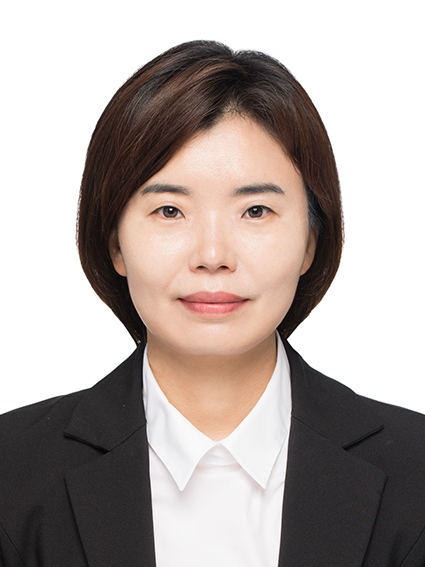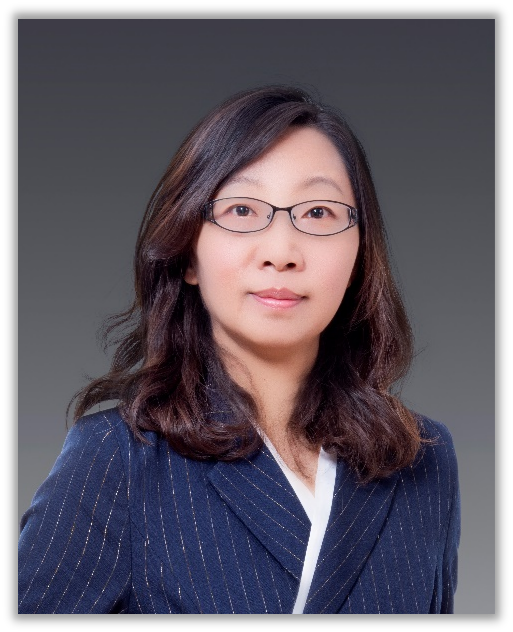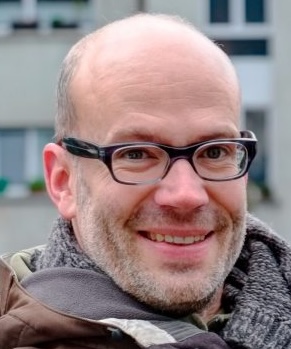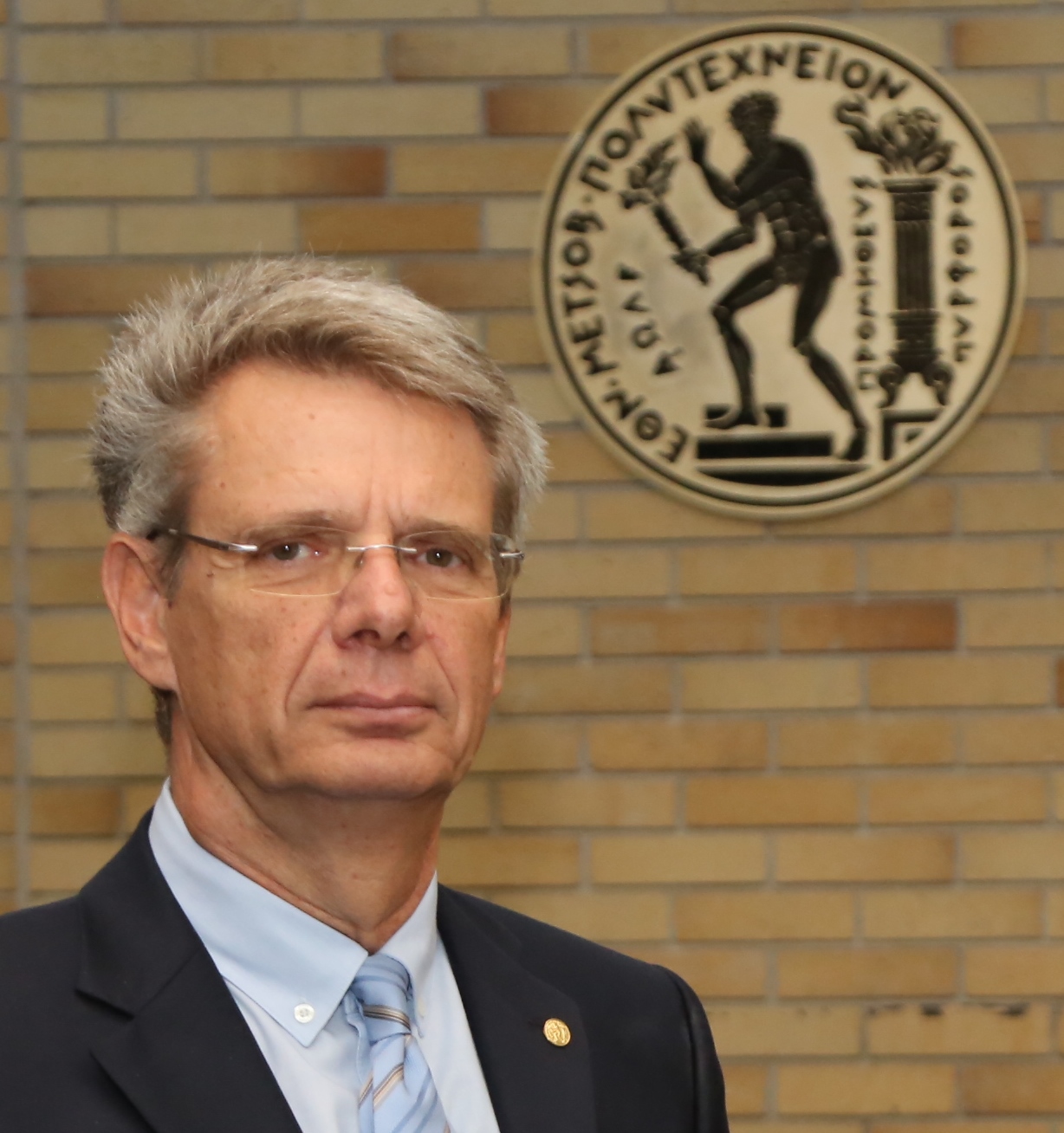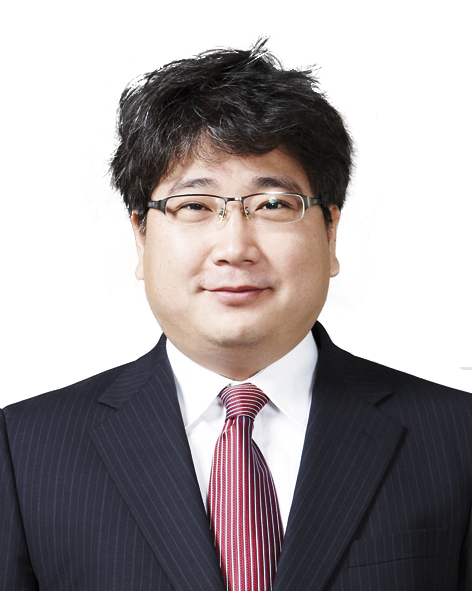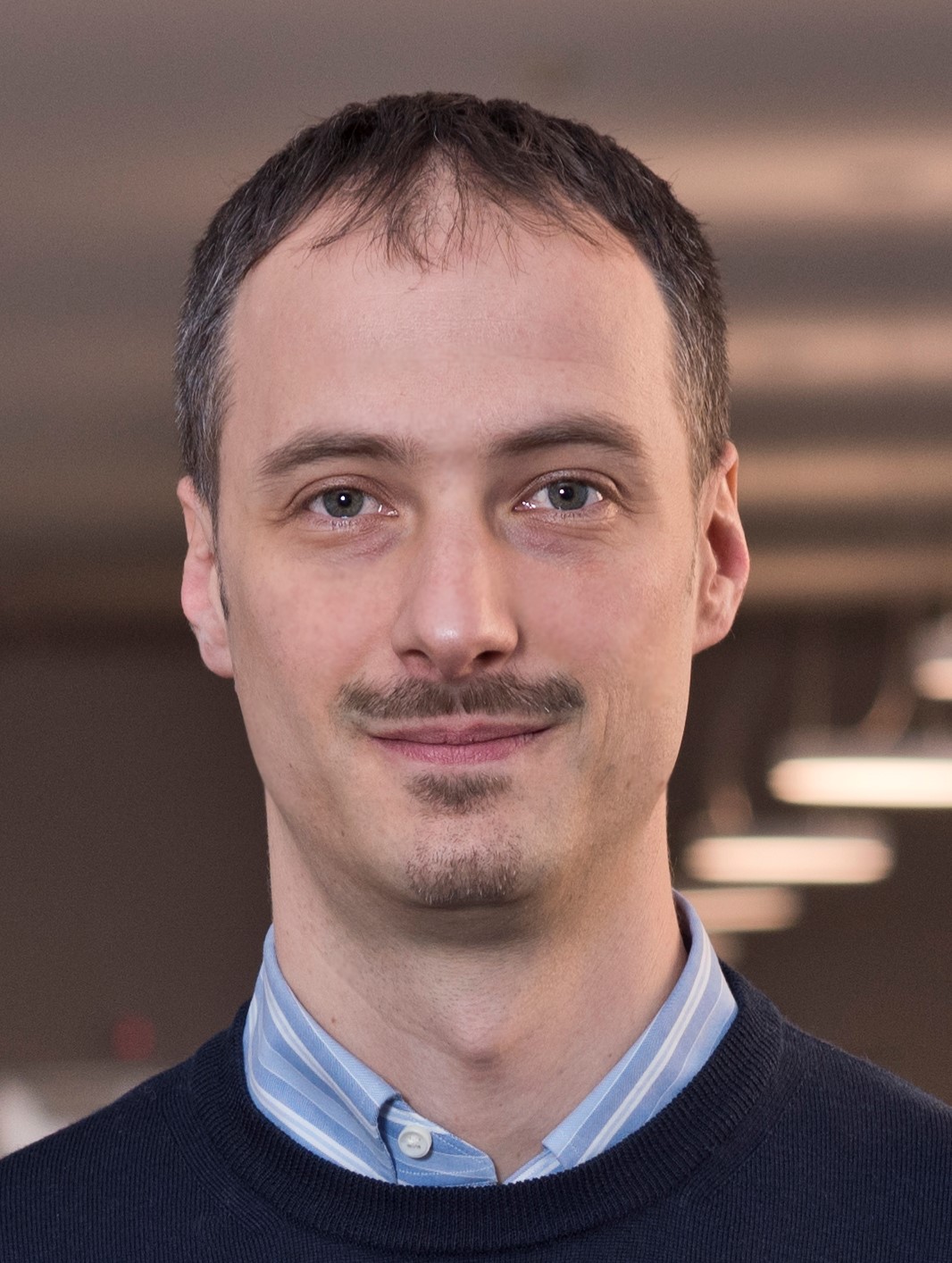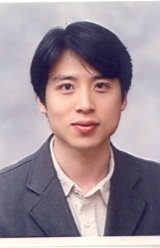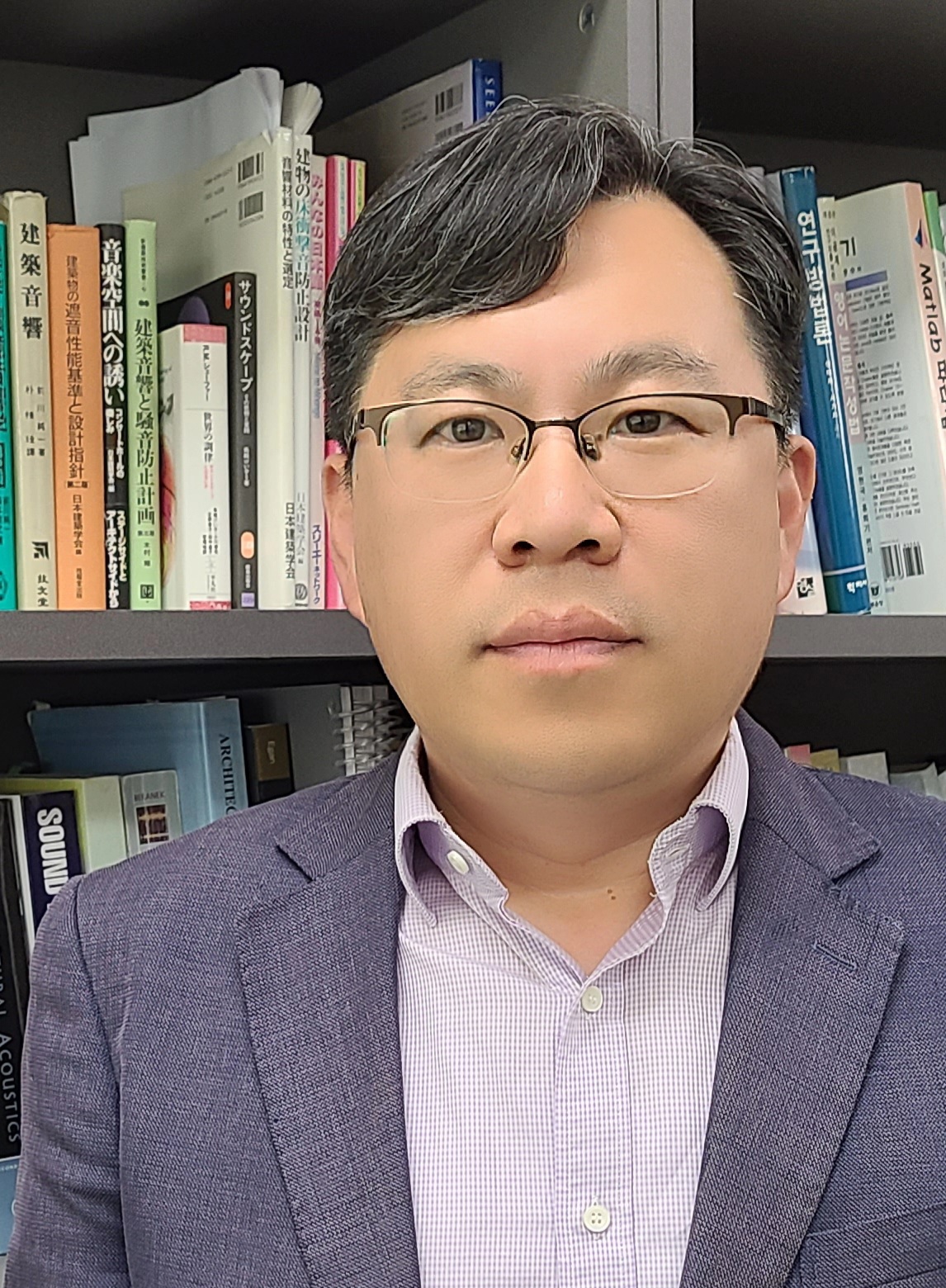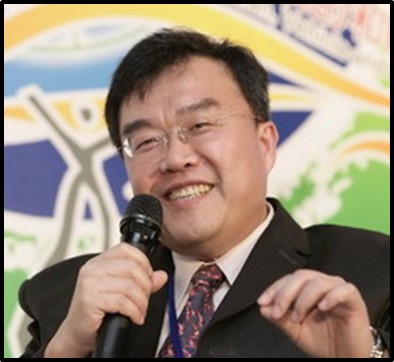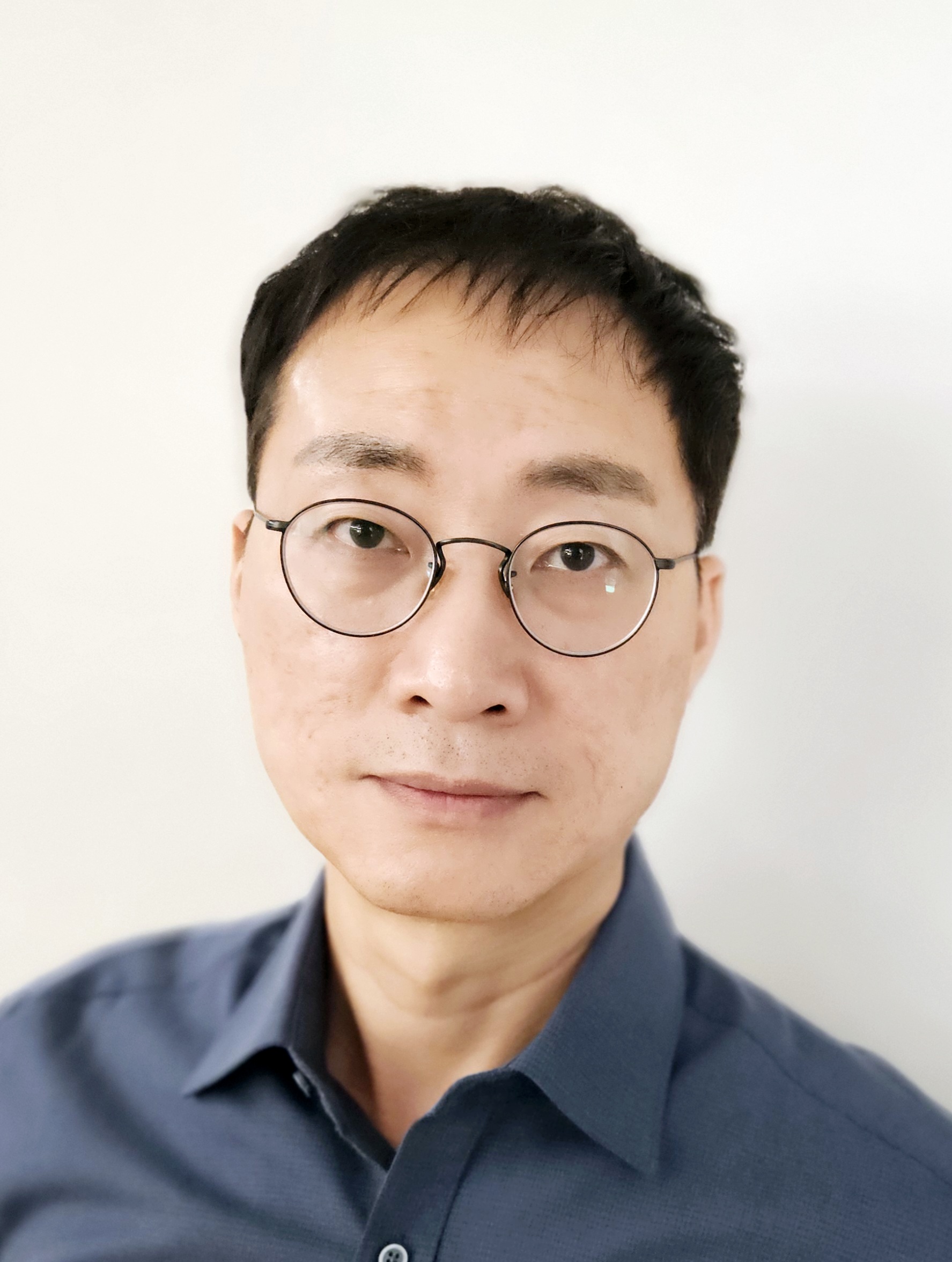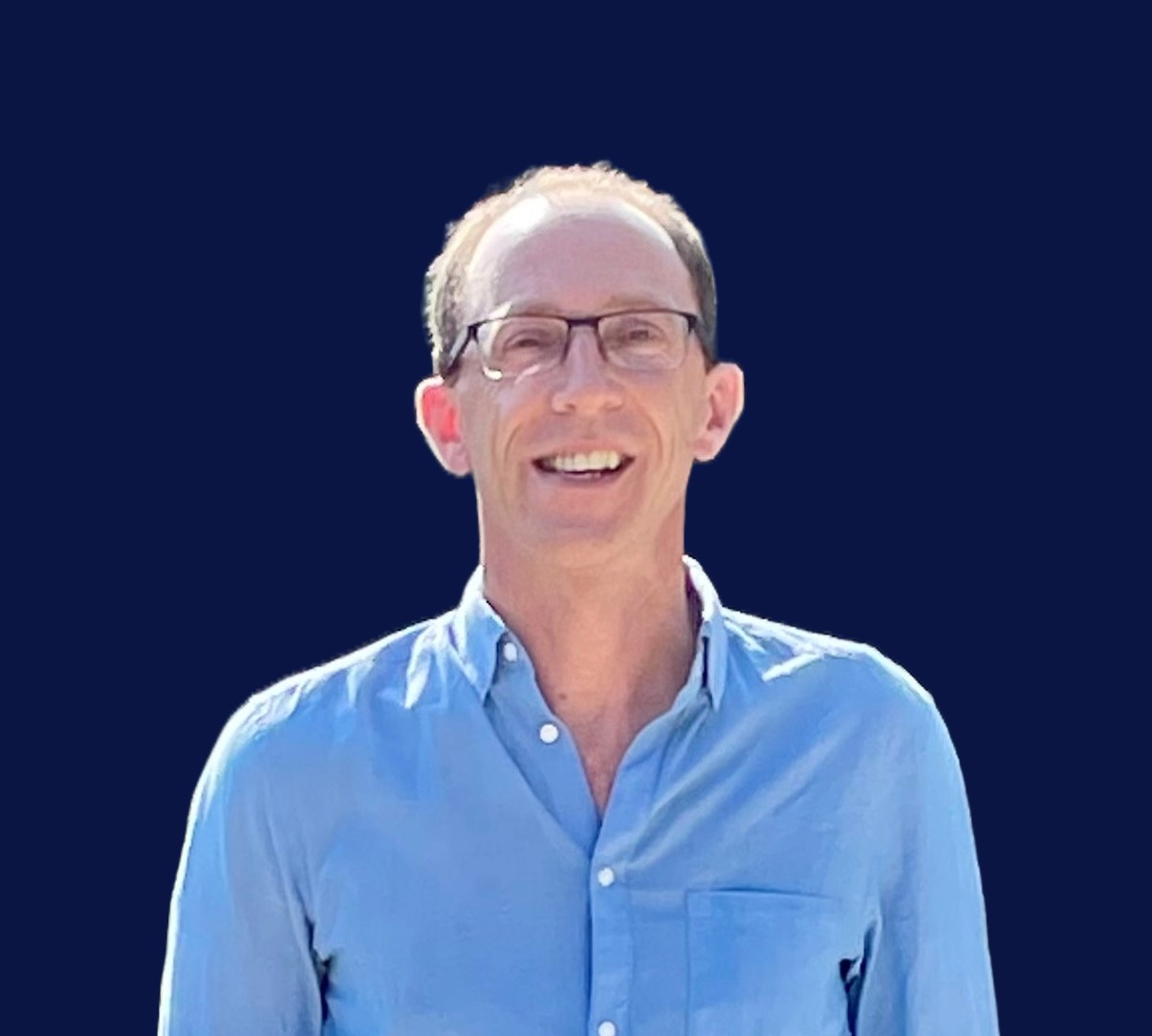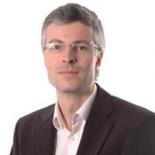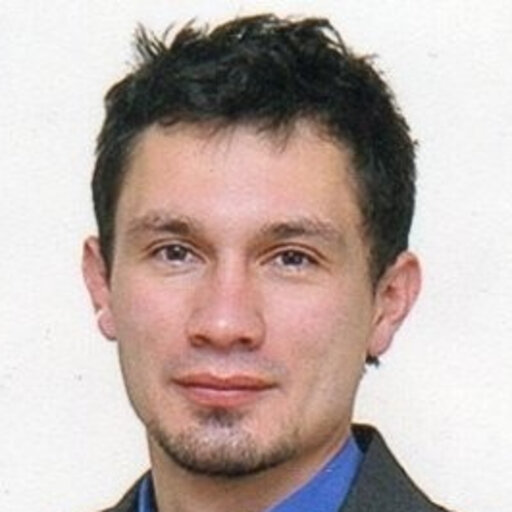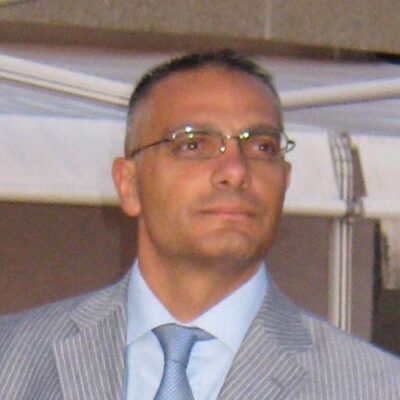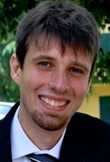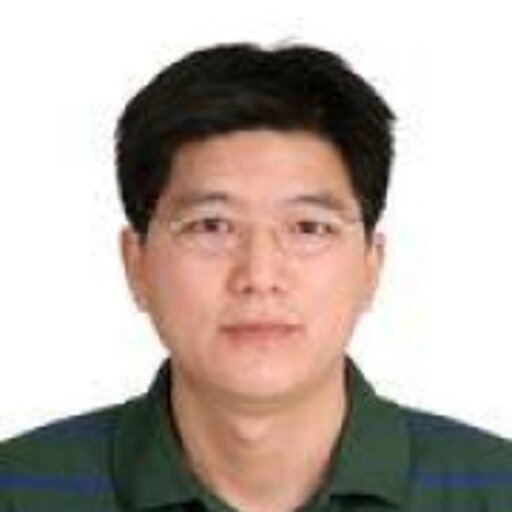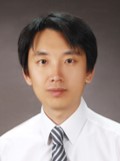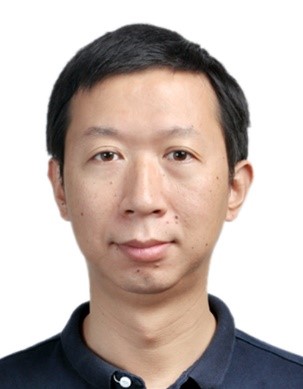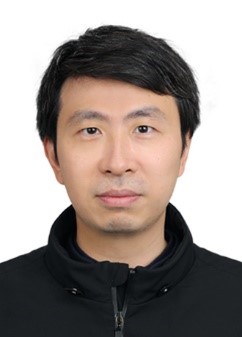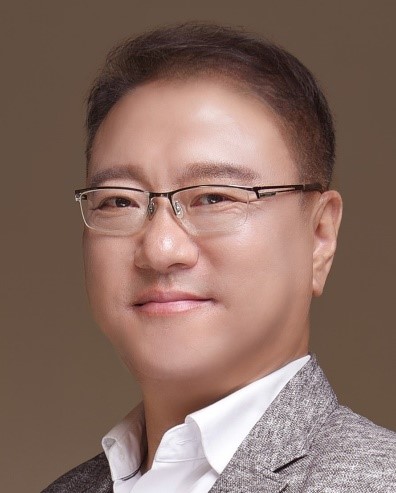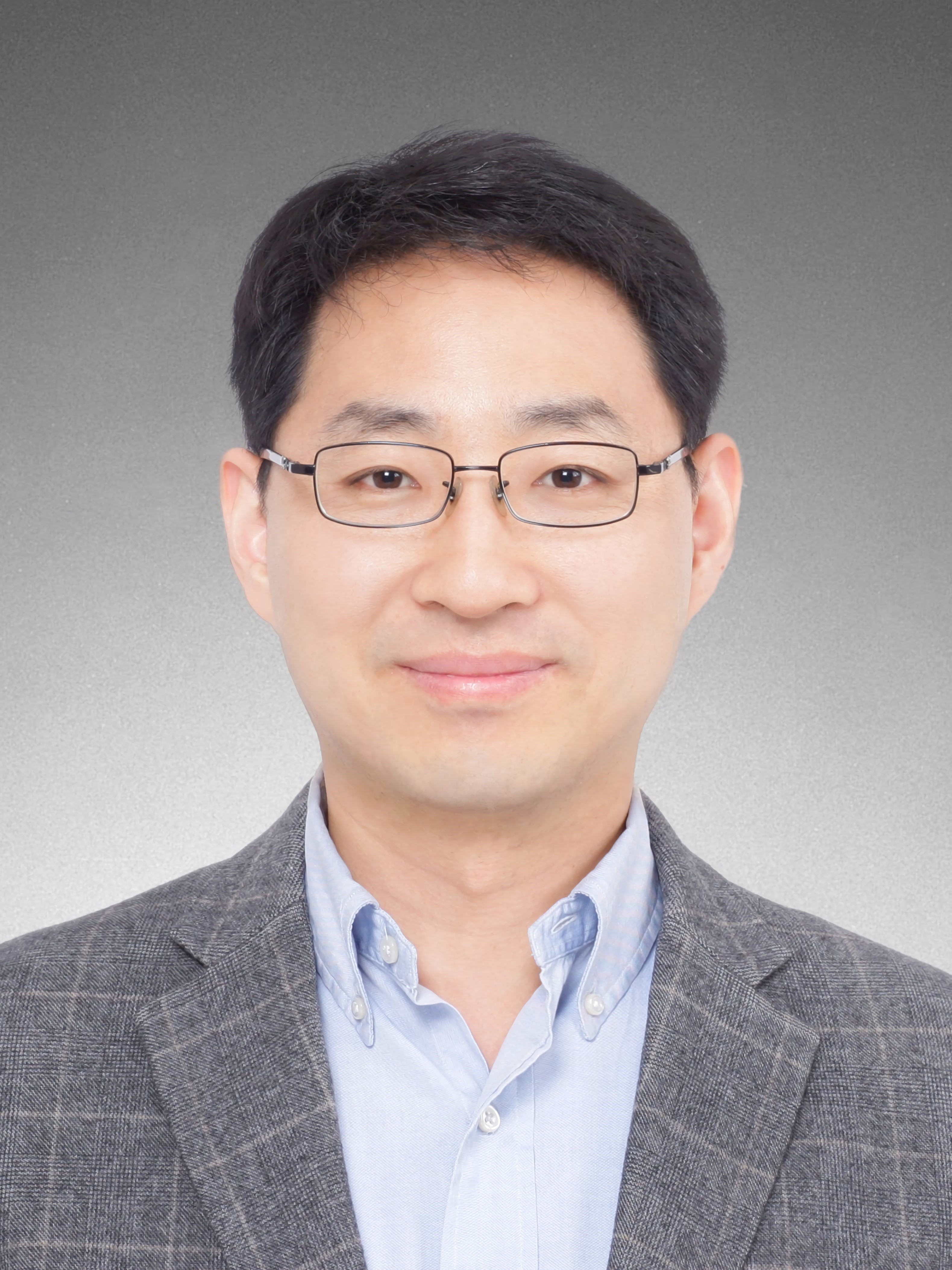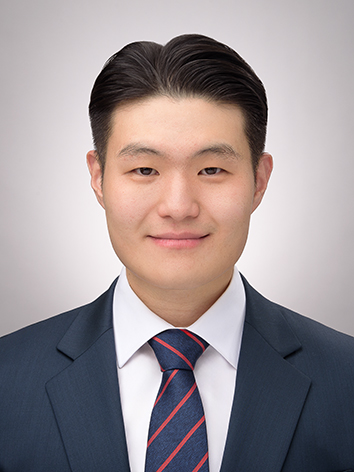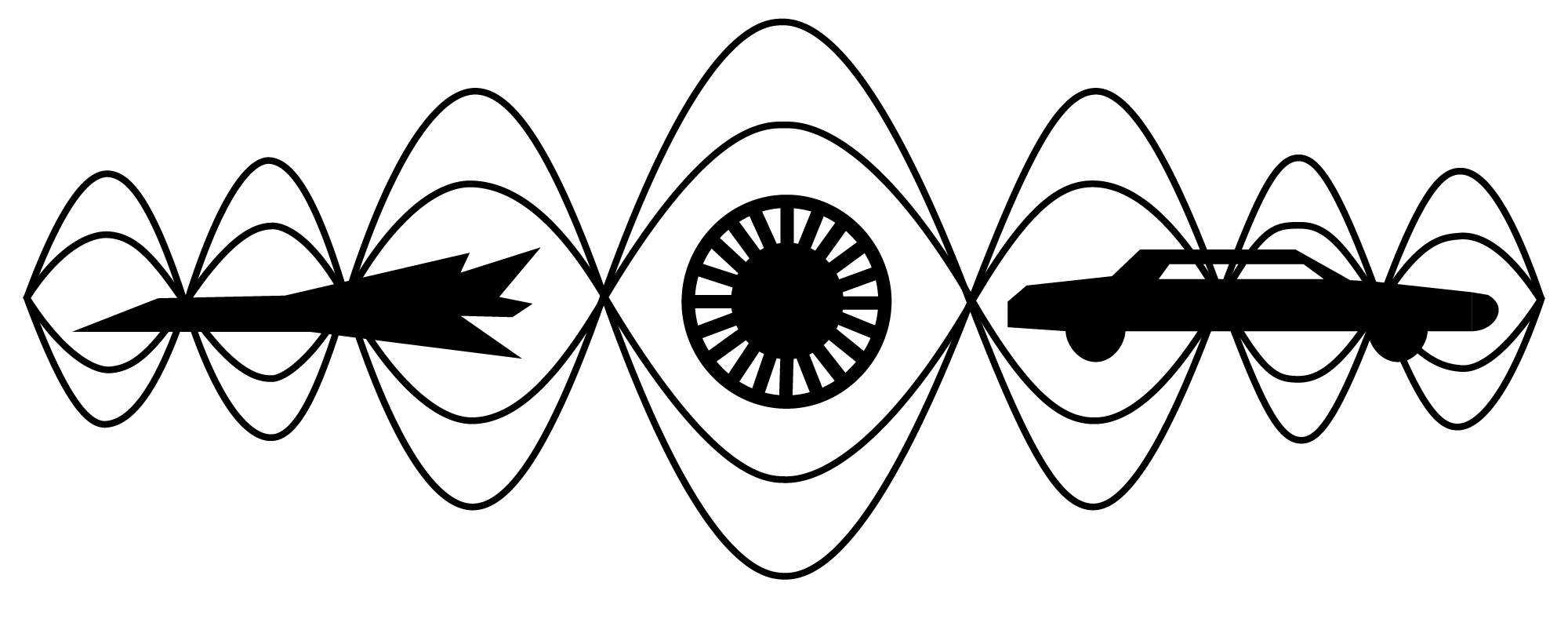- Homepage
- Key Dates
- Congress Venue
- Distinguished Plenary Lectures
- Brochure
- Organizing Committee
- Program at a Glance
- Scientific Programme
- Presentation Guidelines
- Abstract Submission
- Submitted Abstracts
- Paper Submission
- AI Challenge
- Industry Tour
- Registration Fees and Details
- Registration
- Accommodation (Hotels)
- Accommodation (Dormitory)
- Invitation letter and Visa
- Sponsorship & Exhibition
- Exhibitors & Sponsors
- Student Paper Award
- Terms and Conditions of Attendance
- Publication Ethics and Malpractice Statement
- Contact Us
- FAQs
- IIAV
Abstracts can be submitted to the Structured and Regular Sessions. The Congress Organisers reserve the right to shift accepted abstracts between sessions.
Structured Sessions are organised by scientists of acknowledged reputation who define the scope of the sessions, personally invite authors, review abstracts of contributed papers, schedule the papers, and finally chair the sessions.
List of the Structured Sessions:
| T01 Acoustical and Vibration Measurement and Instrumentation | |
| T01 SS01 | Sound and vibration measurements and analysis |
The purpose of this structured session is to report on the latest research and development works carried out in the field of sound and vibration measurements, and analysis. Papers presented in this session can focus on experiments carried out in research laboratories or in practical installations in vehicles or in industrial applications, etc. The papers can, for example, treat sensor technology, transducers that consists of a combination of sensor/sensors and signal processing for sound and vibration measurements, measurement and analysis of sound and vibration in new applications areas or in challenging applications. Papers may also concern new norms on sound and vibration quantities and their purpose, and new or useful information and/or quantities extracted from sound and vibration signals. |
|
| T01 SS02 | Measurement techniques and sensors |
This session covers all aspects related to the measurement techniques and sensors for sound and vibration. Reflecting the current state of the art, the session includes applications of traditional measurement techniques and sensors for performing practical measurements in acoustics and vibration, concepts and proposals of new measurement techniques and sensors with associated hardware and software, and the development of new measurement systems with the incorporation of standards for sound and vibration. |
|
| T02 Active Noise and Vibration Control | |
| T02 SS01 | Algorithms for active control |
This structured session continues the series of sessions on this topic at previous ICSV conferences. The purpose of this session is to report recent research on algorithms, signal processing and hardware implementation for active noise and vibration control. The latest advancements addressing linear and nonlinear control, algorithmic and signal processing optimization for efficient and robust real-time implementation as well as new processing platforms are welcome. Both fundamental aspects and practical issues related to algorithms for active control will be covered. |
|
| T03 Aeroacoustics, Thermoacoustics, Combustion Noise, Aircraft Noise and Vibration | |
| T03 SS01 | Passive control of aeroacoustic and thermoacoustic instabilities |
Passive methods, such as acoustic liners and Helmholtz resonators, are efficient to control the noise and instability. This session invites papers on passive control of aeroacoustic and thermoacoustic instabilities. The investigations in this structured session can cover the latest development in theoretical, numerical and experimental approaches concerning control methods for aeroacoustics, involving (but not limited to) fan noise, jet noise, aircraft noise, wind tunnel noise, vortex-sound resonance and thermoacoustic instabilities. Here, thermoacoustics instabilities are not limited to just the use of acoustic liners and resonators. It could also be designing modifications, utilization of existing phenomena like heat exchanging etc., to name a few. We invite theoretical, numerical, and experimental studies (including validation studies) that effectively dampen instabilities in combustion systems. |
|
| T03 SS02 | Combustion noise and thermoacoustics |
Unsteady combustion generates sound. A particularly violent form of combustion noise tends to arise if the combustion takes place in an acoustic resonator, because then the heat release rate and the sound field can interact in such a way that they amplify one another, generating a "thermoacoustic instability". This can lead to structural damage in gas turbine combustors and some types of aircraft, so avoiding thermoacoustic instabilities is paramount. They are a complicated phenomenon, involving sound waves, combustion, aerodynamic effects, and structural waves, as well as the interaction between all these. This session aims to bring together scientists with an academic and/or industrial background in this area. With its focus on fundamental aspects of thermoacoustics, it complements the session T03 SS07 "Dynamics and acoustics in sprays, liquid fuel flames and aero engine combustors", which focuses on the engine applications, and which is organized by Jim Kok. Suggested topics of the current session include, but are not limited to the following: Modelling of the thermo-acoustic feedback with analytical and numerical methods; Nonlinear effects; Active control of combustion noise and thermo-acoustics; Modelling of the acoustic source processes with a view to application in analytical and numerical methods; Sound propagation in combustors with non-uniform properties; Boundary condition modelling and measurements; Physical processes involved in the generation of combustion noise. |
|
| T03 SS03 | Airfoil/high-lift device noise |
Aircraft noise has received growing attention recently due to the ongoing expansion of the aviation sector and the ever-more stringent regulations on noise emissions worldwide. Airframe noise is significant during the approach in which the main noise sources include the airfoils and high-lift devices. Airfoil self-noise is also the main source of aerodynamic noise for many industrial fluid types of machinery, and the aerodynamic noise from the airfoils of wind turbines, unmanned aerial vehicles, and ventilation/cooling fans presents further challenges. The development of noise-reduction technologies requires an in-depth understanding of the noise generation mechanisms. This Structured Session calls for quality original research works and/or innovative design concepts, and aims to showcase the latest developments in theoretical, numerical, and experimental investigations of the source mechanisms and control methods for airfoil/high-lift device noise. The topics of the Structured Session cover the latest advances in all aspects of the generation and reduction of airfoil/high-lift device noise to advance knowledge in understanding the source mechanisms and developing novel control techniques of airframe noise, as well as applying these noise suppression technologies in other scenarios and industries. |
|
| T03 SS04 | Propeller noise |
The noise and its perception of an aircraft is a crucial factor in attaining community and regulatory acceptance. Thus, in the recent development of quieter, more sustainable aerial vehicles from short-to-medium-haul jetliners to urban air mobility, understanding and accurate prediction of propeller noise, as the primary element in the propulsion configurations, has become increasingly important and an integral part of the design process. In this session, we aim to include the latest research and development work on propeller noise in its broad definitions, which include analytical, numerical, and experimental investigations of the isolated propeller/rotor noise as well as in the installed configurations; moreover, works on examining the propagation and impact of the propeller noise on the community are also highly encouraged. |
|
| T03 SS05 | Acoustic simulation, test, and control in spacecraft |
The spacecraft design is heading towards the direction of ultra-high speed, large scale, and multi-function with the gradual implementation of the major projects in aerospace engineering, its launching and operating environment is likely to worsen. The spacecraft needs to withstand extremely complex and harsh dynamic environment during the launch process. This session aims to bring together scientists with an academic and/or industrial background in this area. The suggested topics include but are not limited to the following: modelling and prediction of vibration and acoustics using numerical methods, nonlinear effects, equivalence theory between acoustic and vibration test and application, acoustic fatigue as well as a variety of acoustic and vibration control method including active and passive, boundary condition modelling and measurement, propagation mechanism of shock waves in structure, various advanced test methods, etc. All papers giving insight on vibration and acoustic simulation, test and control in spacecraft are welcome. |
|
| T04 Environmental and Community Noise, Soundscapes | |
| T04 SS01 | Urban soundscapes |
This session includes basic and applied research on the topic of sound and its role in urban spaces. We invite papers on the evaluation and characterization of the public and private realms, on laboratory studies of urban sound perception, on the opportunities for soundscape planning and design in urban contexts, as well as on the mobilization of soundscape research knowledge into practice. |
|
| T04 SS02 | Environmental noise and the impact on health and quality of life |
Exposure to excessive noise levels can be more than just a nuisance, causing far-reaching consequences for both ecosystems and human well-being. In pursuing sustainable and lovable cities, addressing this challenge is increasingly higher on the agenda. However, noise is a unique environmental parameter, as its perception and impacts are very complex and surprisingly subjective. For this reason, more than for any other environmental issue, involving citizens in environmental noise monitoring is key. This thematical session explores the pivotal role of citizen science in understanding, monitoring, and mitigating environmental noise and how it can be used to grasp the multi-faceted dimensions of the acoustic environment, from the impact of road-, air- and rail traffic noise to the restorative role of natural sounds. Citizen science, an increasingly influential movement, empowers individuals to actively participate in data collection, analysis, and advocacy, providing researchers with valuable insights into the perceived and objective impact of environmental noise. This session aims to bring together an international set of researchers on environmental noise who use the power of citizen science to share insights, experiences, and innovative approaches. By emphasizing the power of grassroots initiatives, the democratization of environmental data collection and the importance of technological innovation, we seek to inspire collaborative efforts to address the urgent challenge of noise pollution and create healthier, quieter, and more harmonious living environments for all. |
| T04 SS03 | Noise as emerging risk in workplaces & Acoustics and other factor of discomfort |
The session addresses noise as an emerging risk factor in workplaces. We invite papers on noise exposure patterns in modern work environments, noise issues arising from the adoption of new technologies, and noise concerns in remote work settings. Studies on the impact of workplace noise on worker health, productivity, and well-being, as well as innovative approaches to mitigate these effects, are also welcomed.
|
|
| T04 SS04 | Education to sound and noise awareness |
This session will feature presentations on research related to education and awareness of sound and noise. Studies on the development and evaluation of noise awareness programs in schools, communities, and workplaces will be discussed, along with research on the use of multimedia tools for acoustic education and public campaigns for noise pollution prevention. |
|
| T05 Physical Acoustics, Ultrasound, and Wave Propagation | |
| T05 SS01 | Wave propagation in heterogenous and architectured media |
The understanding of the interaction between an acoustic wave and a complex medium is an important problem in various applications such as non-destructive testing (NDT) or biomedical ultrasound. This session will focus on experimental issues including the development of inversion procedures. |
|
| T05 SS02 | Nonlinear acoustics and vibrations |
Nonlinear acoustics and vibration have become increasingly important during the last forty years due to the exponential increase of computation power, increasingly higher sensitivity of electronic instrumentation and suitable signal processing. It is a broad field, which encompasses large amplitude sound waves and vibration. The nonlinearity of materials results in nonlinear effects, which arise from defects in the materials present at all scales. Applications include nonlinear non-destructive testing (NDT), harmonic medical ultrasound imaging, high intensity focused ultrasound for non-invasive surgery, cavitation, and control of high intensity jet noise and development of new materials such as nanocomposite and memory-based materials. Also included are the phenomenon of chaos, which has become popular during the last twenty years with the establishment of institutes of nonlinear science and complex systems in universities and research centres. In addition, journals are now dedicated to this subject. Chaos theory is used today even in the prediction of price movement on stock markets. Also, an important topic for this session will be the application of gauge invariance approach to nonlinear acoustics and vibration which will include treatment of inverse scattering, multiple scattering problems and interactions. Structured sessions on nonlinear acoustics and vibration are present since ICSV5 in Adelaide, Australia in 1997. We have witnessed the growth in this field demonstrated by the increasing number of papers to the current number of twenty to thirty papers presented at each ICSV congress. |
|
| T05 SS03 | Sound propagation & acoustic emission |
Acoustic cloaking is the first application of sound propagation in curvilinear spacetime. The discovery of gravitational wave in 2014 confirmed Einstein's general theory of relativity (GR) which is described on curvilinear spacetime. The Nobel physics prize 2020 further confirmed Einstein's general theory of relativity and the concept of curvilinear spacetime. So far, applications of curvilinear spacetime have been to large objects such as in astrophysics and in plasma physics. So, it is time to extend curvilinear spacetime to small scales phenomena especially to high intensity sound propagation. Curvilinear spacetime approach is especially suitable for intense sound and nonlinear acoustics due to the curvilinear path of intense sound field. So, this is the correct treatment of nonlinear acoustics. This will be useful for the design of extremely high sensitivity and high precision instruments especially to be used in space research and in tsunami detection system. This will also bring nonlinear acoustics to the next level. Also, curvilinear spacetime will enable the covariance of all equations in physics. So, it is the correct coordinates platform to be used. This is also a revolutionisation/reformulation of nonlinear fluid mechanics and nonlinear fluid dynamics, especially for applications to study of jet noise, rocket noise and space shuttle noise. This will introduce Einstein's field equations to acoustics. The scope of this session will include: 1. Nonlinear acoustics in curvilinear spacetime; 2. Derivation of acoustic field equation in curvilinear spacetime, for applications to high intensity sound propagation in both fluids and elastic solids; 3. Nonlinear elasticity; 4. Application of gauge invariance to multiple scattering and interactions in curvilinear spacetime. Symmetry will simplify the complexity of the problem; 5. Hypersonics and astro-acoustics; 6. Sonic fusion and sonoluminescence; 7. The extension of acoustic radiation force (ARF), an intense sound to curvilinear spacetime which will bring in the gravitational field. This will include topics of acoustic levitation, cavitation, and microfluidics; 8. Acoustic blackhole. |
|
| T05 SS04 | Duct acoustics |
Papers on experimental or theoretical techniques for modelling sound generation, sound propagation and sound radiation in flow ducts will be presented in this session. Of special interest are experimental and theoretical techniques for: characterizing in-duct sound sources, propagation of sound in duct systems with flow and sound radiation from duct openings. Modelling of acoustic limers and mufflers as well as other noise reduction techniques for ducted systems and particularly relevant for this session. |
|
| T05 SS05 | Inverse Problems in Wave Propagation |
This session delves into the diverse challenges and innovations associated with solving inverse problems across various contexts of wave phenomena. Topics include site characterization, nondestructive testing (NDT), nonlinear waves, wave energy delivery, localized waves, seismic source retrieval, metamaterials, wave-based analog signal processing and computing, and other wave-based devices. We welcome discussions on a wide range of issues in inverse problems, including problem definitions, solution strategies, regularizations, and applications. This session also highlights the emerging field of inverse design problems, Time Reversal approaches, showcasing approaches that transcend intuitive design paradigms to achieve groundbreaking advancements. |
|
| T06 Industrial and Occupational Noise, Vibration and Health | |
| T06 SS01 | Noise and vibration in small, medium and large industries |
Whatever their size, workshops often have noise problems. More to the point smaller entities seldom enjoy a private internal health and safety service, or environmental control for that matter, and solely rely on the labour ministry doctor – if available and willing to dabble in environmental matters. The following aspects are especially tackled in this session: i) Noise in the environment (overview of regulations, consequences on operations, monitoring the noise, noise reduction problems); ii) Noise at the workstations outdoors (assessing noise exposure, reducing noise at the source, planning the work to reduce the noise exposure, case of maintenance people); iii) Considerations with regards to the industrial building (overview of regulations, requirements for acoustic absorption, reducing the sound propagation, ensuring alarm signals can be safely heard, while making sure the neighbourhood is suitably protected); iv) Legal considerations: While one may emit recommendations and hope for the best, most of the time it is necessary to implement regulations in order to achieve a result. But is it sufficient to edit a regulation if nobody oversees applying it? Furthermore, even in the European Union where the rules are supposed to be identical in each member country, is the law applied in the same spirit everywhere? This session aims to compare experience gained in various countries and over a broad range of subjects and wonder about the potential perspectives. |
|
| T06 SS02 | Noise and Health |
This session focuses on the health effects of noise exposure, presenting evidence-based findings on how noise impacts both physical and mental health. Topics will cover a range of health outcomes, including cardiovascular issues, sleep disturbances, cognitive impairment, and mental well-being. Presentations will also address vulnerable populations, long-term exposure risks, and the mechanisms linking noise to adverse health effects. Research on mitigation strategies, public health policies, and community-level interventions to reduce noise-related health risks is also of particular interest. |
|
| T07 Structural Dynamics and Nonlinear Vibration | |
| T07 SS01 | Vibration energy harvesting & Vibration Absorption |
This structured session aims to bring together research and expertise on various subjects related to vibration energy harvesting for the purpose of powering small-sized and low-powered electronics and sensors. Contributions in this session can cover new theoretical or experimental approaches concerning various types of vibration energy harvesters such as those based on piezoelectric, electromagnetic, and electrostatic transducers, operating based on different types of input vibrations such as those originating from operational conditions (machinery) or fluid flow (wind). Additionally, contributions can be made on electromechanical aspects (transducer part), the electronics and power management aspects (voltage rectification and regulation), and the material aspects; multidisciplinary approaches combining different aspects are particularly encouraged. |
|
| T07 SS02 | Dynamic substructuring and frequency based substructuring |
Dynamic substructuring has been widely used to effectively handle large and complicated mechanical system in structural dynamics. This structured session will cover dynamic substructuring formulations with primal and dual assemblies and component mode synthesis (CMS). Recent advanced frequency based substructuring (FBS) such as blocked force TPA (BF TPA) is also a main issue in this session. Theoretical and experimental contributions to dynamic substructuring in academia and industry are both welcomed in this session. |
|
| T07 SS03 | Inverse problems for source or system identification |
Inverse problem, which is a data-driven approach, has received growing attention recently with machine learning. This session will focus on the inverse problem for source and system parameter identifications for structural dynamics. Recent advanced finite element model updating and system identification with state-space form will be discussed in this session. Noise filtering issues (or handling ill-posed problems) such as Kalman filtering, least square and Tikhnov regularization are also main topics. We welcome theoretical and/or practical contributions in many engineering fields: mechanical, civil, and aerospace engineering (but not limited). |
|
| T07 SS04 | Prognostics and health management |
This session focuses on the latest research and developments in Prognostics and Health Management, a critical field aimed at enhancing the reliability and safety of engineering systems. Contributions are invited on innovative techniques for fault detection, diagnostics, and prognostics, utilizing both data-driven and model-based approaches. Topics may include predictive maintenance strategies, sensor technologies, remaining useful life (RUL) estimation, and condition-based maintenance. Additionally, this session encourages discussions on the application of artificial intelligence to improve system health monitoring, reduce operational risks, and optimize maintenance scheduling. Emphasis is placed on practical applications in industries such as aerospace, energy, manufacturing, and robotics, with a particular focus on multidisciplinary approaches that integrate engineering, data analytics, and system management. |
|
| T08 Materials for Noise and Vibration Control | |
| T08 SS01 | Passive sound absorbing and insulating materials |
This structured session aims to bring together research and expertise on different subjects related to acoustic flexible materials, perforated panels or sheets, metal foams, and damping materials. Contributions in this session can cover new theoretical, manufacturing (3D printing), or experimental approaches concerning various types of materials that can be subjected to different types of excitations. Specific topics related to new and current materials may include airborne sound absorption, airborne and impact sound insulation, damping, propagation of sound in porous media, effect of airflow, vibration and noise control systems, and design of sound absorbent ducts. This session welcomes new findings on materials for noise and vibration control. |
|
| T08 SS02 | Vibration damping and acoustic materials |
This structured session aims to bring together research and expertise on different subjects related to damping materials. Contributions in this session can cover new theoretical, manufacturing (3D printing), or experimental approaches concerning various types of materials that can be subjected to different types of excitations. This session welcomes new findings on materials for vibration control.
|
|
| T08 SS03 | Acoustic metamaterial and phononic crystal: fundamentals & applications |
Acoustics has enjoyed a strong revival during the past two decades, propelled mainly by the advent of phononic crystals and acoustic metamaterials that focused on man-made structures with acoustic properties not found in nature. Acoustic metamaterial is a manifestation of symmetry properties of acoustic fields Gauge theory is a more fundamental approach to metamaterials. Whereas phononic crystals denote periodic structures exhibiting frequency bandgaps in which there can be no propagating acoustic/elastic waves, acoustic metamaterials acquire their exotic characteristics as collective manifestations of local resonators. Both phononic crystals and acoustic metamaterials are composite structures. The past fifteen years have witnessed the novel capabilities arising from locally resonant sonic materials. Common applications of acoustic metamaterials and phononic crystals, are acoustic superlens, acoustic/aeroacoustic cloaking, ultra-thin sound absorber or barriers. Recent discovery of metamaterial as artificial phase transition has manifested in quantum metamaterial producing artificial superconductivity and metamaterial as route to high temperature superconductivity. Permittivity, permeability, effective bulk modulus, and effective mass density are transport properties. Metamaterials with singularity behaviour of transport properties at point of local resonance is like that of singularity at critical point of phase transition. Based on transport properties, one can go beyond acoustic and electromagnetic metamaterials to other forms of metamaterials Also with metamaterials as artificial phase transition, one can control the degree of phase transition. This structured session will cover the following topics: -A gauge transformation theory of metamaterials; -classical metamaterials; -quantum metamaterials phononic crystals; -nonlinear phononic crystals; -band-gap metamaterial; -negative refraction; -double negative metamaterial; -acoustic cloaking; -underwater acoustic cloaking; - aeroacoustic cloaking; -acoustic diodes; -acoustic waveguides and resonators based on metamaterial; -application of phononic device to communication; -sound insulation panel using metamaterial; -vibration reduction using metamaterial; -superlens; -ultra-thin sound absorber or barriers; -topological insulator; -acoustic metamaterial as artificial phase transition. |
|
| T09 Psychological, Physiological, Biological and Musical Acoustics | |
| T09 SS01 | Subjective evaluation of noise and vibration in built environment |
Noise and vibration in the built environment can significantly affect human comfort and well-being. This session focuses on the subjective evaluation of these environmental factors, addressing how individuals perceive and respond to noise and vibration in residential, commercial, and public spaces. Papers related to perception studies, annoyance responses, evaluation methods, and the impact of different noise and vibration sources are invited. Research on the influence of context, culture, and individual differences in subjective evaluations of noise and vibration is also welcome. |
|
| T09 SS02 | Musical Acoustics |
The tones produced by musical instruments are very beautiful and very diverse. There are various types of instruments such as strings, winds, and percussion. All of them start from the player's input (string plucking/bowing, blowing, impact, etc.) and output their own unique tones through complex phenomena including the coupled vibration and the non-linearity, etc. Various attempts have been made to elucidate the sound mechanism of these instruments through experiments and numerical calculations. In this session, we will welcome research results on all musical instruments evaluating vibration and acoustic phenomena from various aspects. |
|
| T11 Acoustics and Vibration of Buildings | |
| T11 SS01 | Room acoustics |
This session covers recent projects and research related to room acoustics. The topics include design, modelling, virtual reality simulation and measurement of acoustically sensitive spaces. |
|
| T11 SS02 | Transmission of airborne and structure borne sound in buildings |
To be updated |
|
| T12 Marine Acoustics | |
| T12 SS01 | Ship underwater radiated noise |
There is ongoing interest in ship underwater radiated noise in the context of the design, manufacture, operation, and maintenance of ships. This session provides an opportunity for presentation of research and analysis of modelling and measurement techniques as they apply to ships in all stages of design, construction, and operation. The session places emphasis on vibration of onboard machinery, such as gearboxes and engines, and modelling of the subsequent vibration in the structure and sound radiation into the water. |
|
| T12 SS02 | Propulsion system vibration and noise |
Propulsion systems deeply affect the comfort level inside the ship and undoubtedly are a major source of underwater radiated noise. This is proven by the extensive research activity ongoing on this topic. This session invites papers on modelling, measurement and design issues related to vibration and noise generated by ship propulsors in operating conditions; in this framework, rotating blade systems are of particular interest. To this aim, investigations on propeller shaft/blades vibrations, studies on vibration induced noise and analysis on underwater sound radiation from non-cavitating/cavitating blades are encouraged. |
|
| T12 SS03 | Ship and harbour noise and vibration |
Noise and vibrations generated by ships affect a wide range of receivers: crew and passengers inside the vessel, inhabitants of the coastal areas and marine fauna outside it. Recent studies suggest that a large percentage of people living in urban areas close to harbors and several marine species, at different evolutionary levels (mammals and cephalopods), suffer from ship N&V emissions in the air and in water. The present degree of knowledge of the phenomena involved in the noise emissions inside and outside ships is quite different, as a result also of the time elapsed since the negative effects were realized and therefore studied. The development of the normative framework in the various areas reflect these differences, but there are expectations for improvements on all fronts and need to be supported by the scientific community, that will find in this structured session a suitable occasion for presenting the latest research results in this field of acoustics. |
|
| T13 Vehicle, Road and Railway Noise and Vibration | |
| T13 SS01 | Traditional and electrical vehicle noise, vibration and harshness (NVH) |
This session includes basic and applied research on the topic of noise and vibration from road vehicles. We invite papers on the mechanism, propagation and control of noise and vibration from road transport and vehicles, including road noise, noise and vibration from traditional vehicles, electric and hybrid vehicles. |
|
| T13 SS02 | Active noise control and sound design for vehicles |
Sound effect is an important part of human machine interaction, it is more and more widely studied and applied in vehicles, especially for electric and autonomous vehicles. The session focuses on basic and applied research of sound effect analysis and control method inside road vehicles. It includes the influence mechanism of sound on vehicle driver and passengers, the theory, simulation and experiment analysis method for sound effect, and design and control method of sound effect.
|
|
| T14 AI Applications for Sound and Vibration and Condition Monitoring | |
| T14 SS01 | AI-driven fault diagnosis and condition monitoring & PHM |
From industrial machinery to automotive systems, AI enhances the ability to analyze complex sound and vibration data, enabling real-time monitoring and early fault detection. The session will focus on how AI-powered algorithms are being leveraged for fault detection, condition monitoring, and predictive maintenance. The suggested topics include: 1) self-supervised or unsupervised learning strategies for anomalous sound and vibration detection, 2) cutting-edge fault classification techniques, 3) novel DNN architectures for efficient fault detection and classification, and 4) case studies that highlight practical implementations, showcasing how AI is shaping the future of diagnostics and condition monitoring in various sectors. |
|
| T14 SS02 | Physics-informed AI, event detection for sound and vibration problems |
As data-driven approach using deep neural network becomes a key word in engineering, we are forced to interpret the behaviour of the network aligned with physical law described by differential equation and/or function mapping. Recently this thrust suggest Physics-informed AI, visualization of features, function-to-function mapping for users to understand AI, also actively utilize the domain knowledge to the AI network. This session focuses on the state-of-the-art Physics-informed AI which can cover interpretation of AI network, visualization of features, adaptation of physical law to the network, and surrogate model of dynamical system, defined in the wide range of sound and vibration problems. |
|
| T14 SS03 | Human sound and vibration with AI, and health care applications |
AI is playing a transformative role in the analysis of human-related sound and vibration, especially in industrial and automotive environments where human-machine interaction is critical; also for human health monitoring applications. This session will focus on how AI technologies are being applied to monitor the human health conditions and cure or prevent disease by means of human sound and vibration; also AI technologies to assess and mitigate human exposure to vibration in fields such as manufacturing and transportation, where prolonged exposure to mechanical vibrations can lead to health issues like musculoskeletal disorders. Recent applications using Topics will include AI-based solutions for monitoring human health condition, human vibration exposure, predictive algorithms for improving worker safety, and case studies demonstrating the integration of AI in reducing health risks in industrial and automotive settings. By exploring these applications, the session aims to highlight how AI is advancing both well-being and operational efficiency in sectors where sound and vibration are key factors. Also special topics including theory, AI-algorithm, devices and systems for human health monitoring are welcome as emerging technologies by means of human sound and vibration. |
|
| T14 SS04 | AI Challenge |
|
Participant's area I forgot my password Create a new account |
Photos of Korea                         |
 |
ICSV31 will begin in
Days
Hours
Minutes
Seconds
|
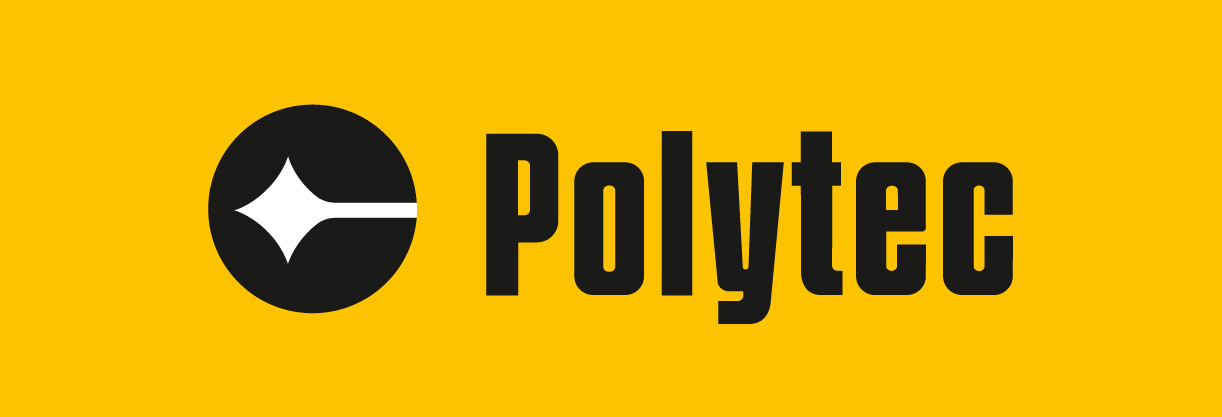


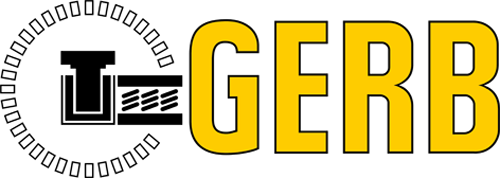



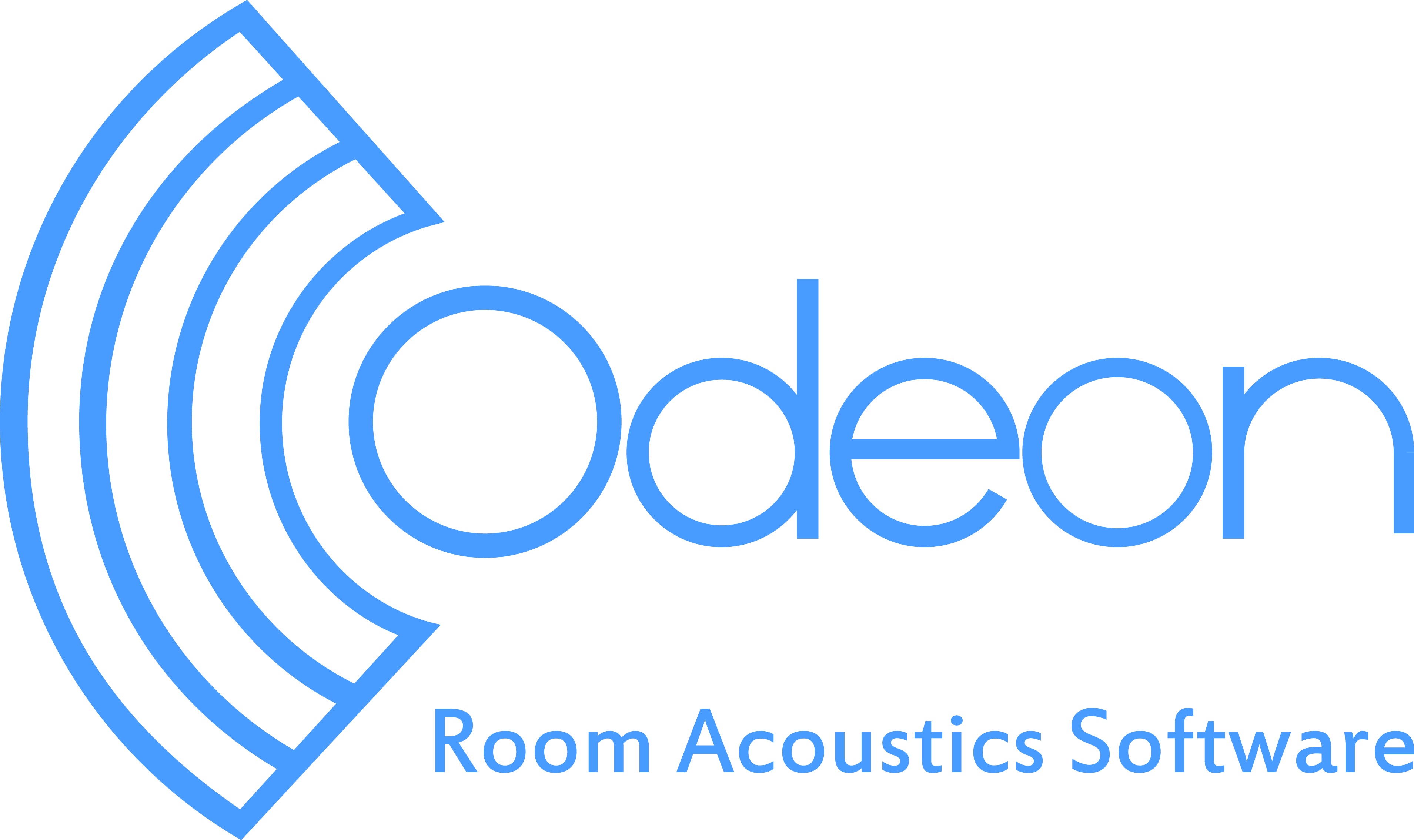



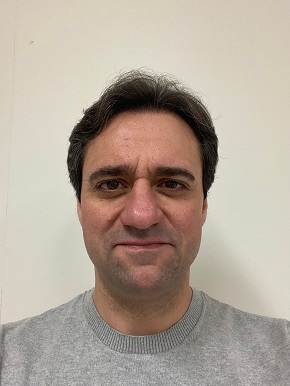

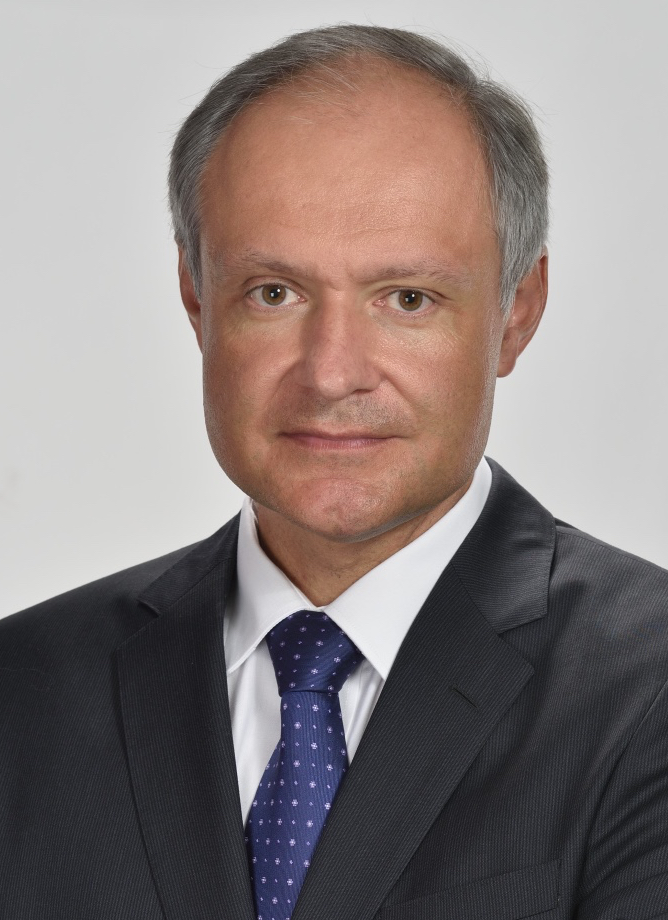

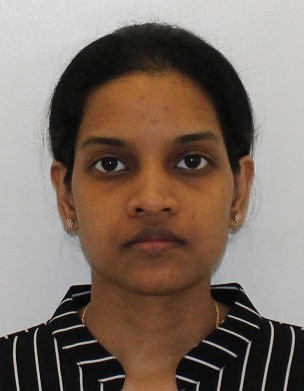
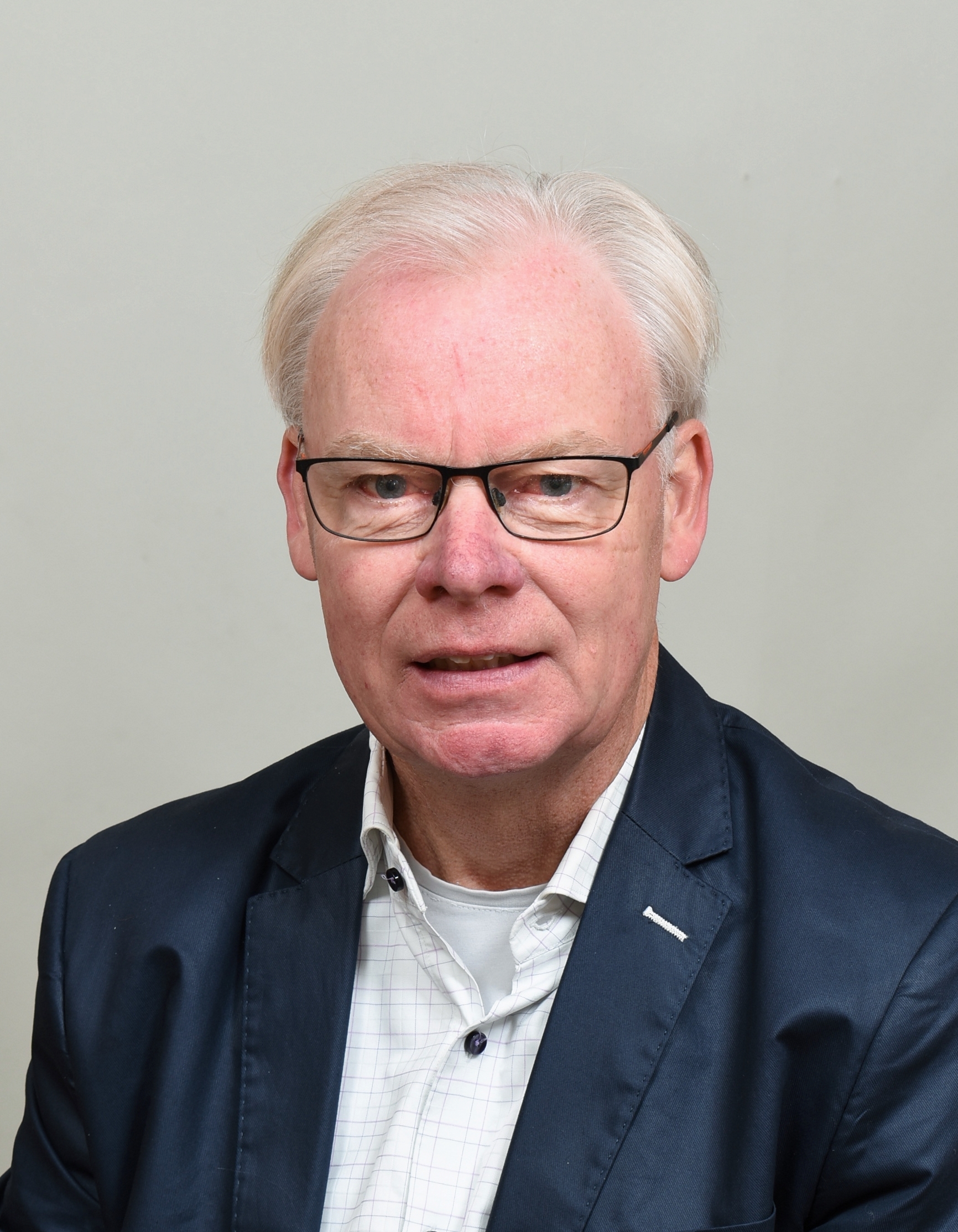
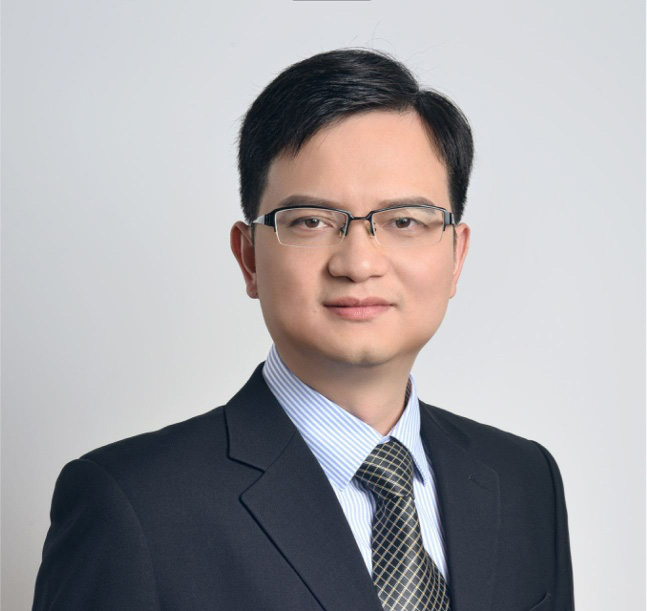
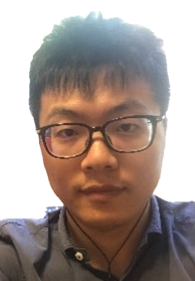
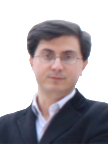
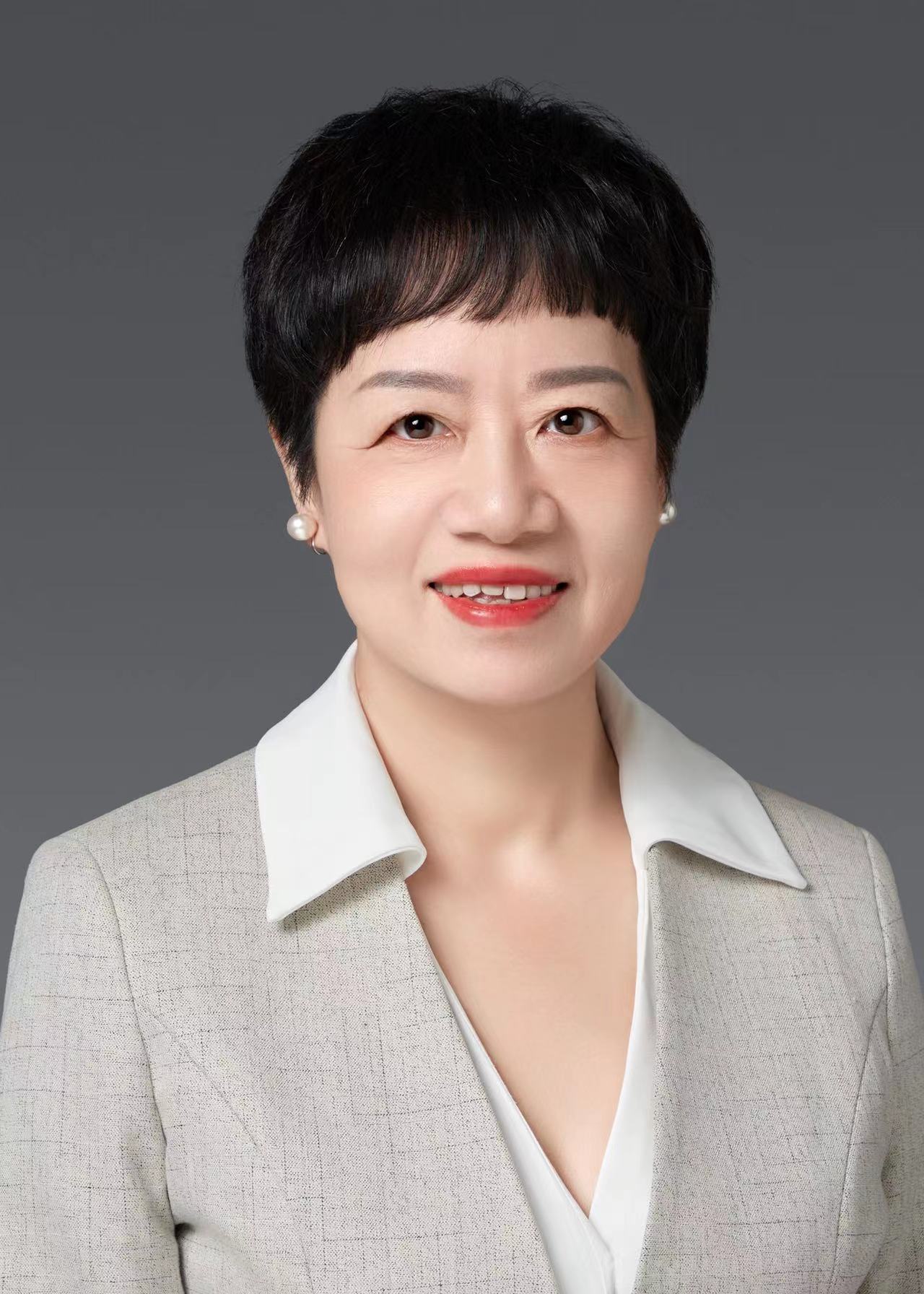
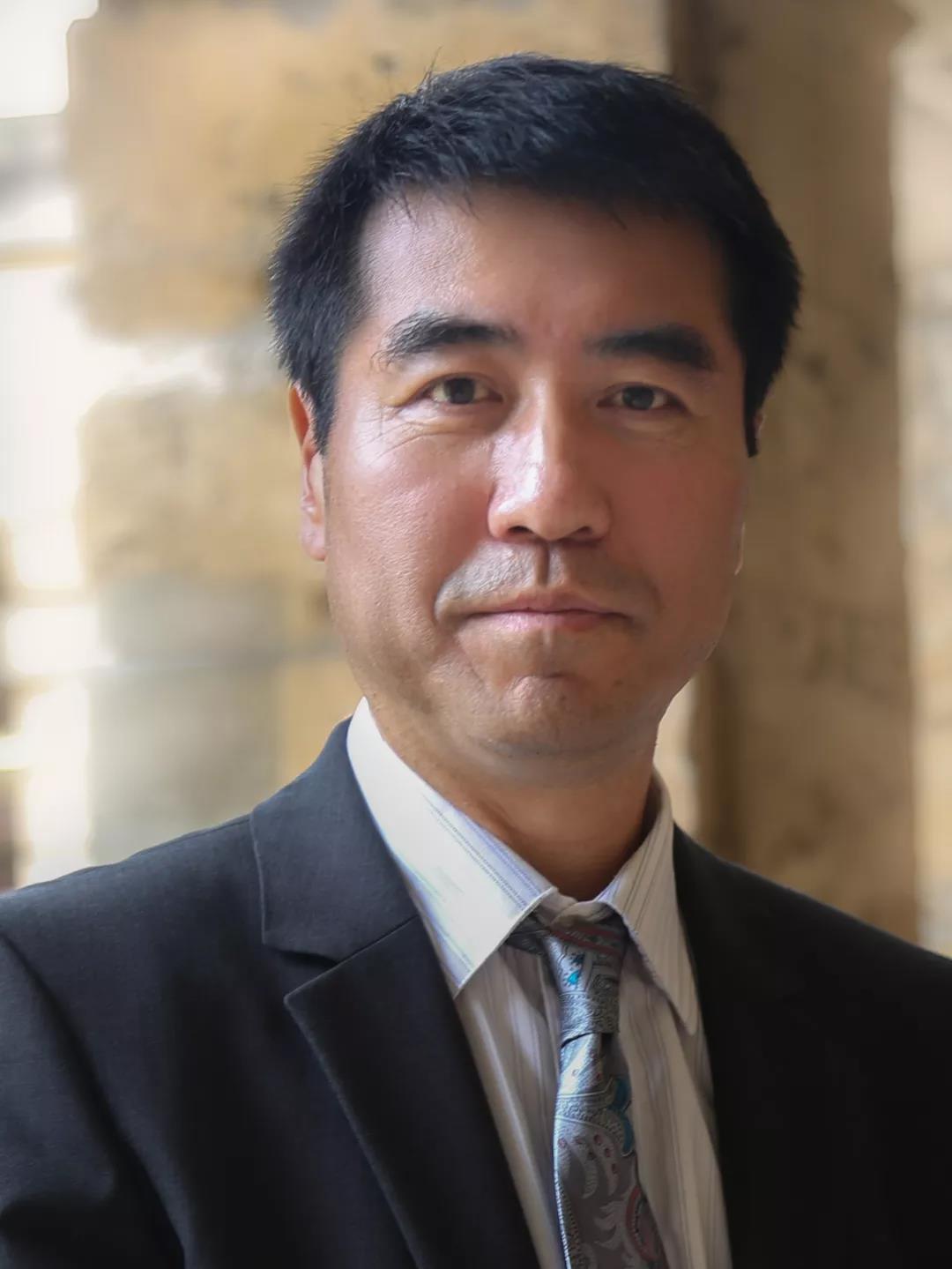
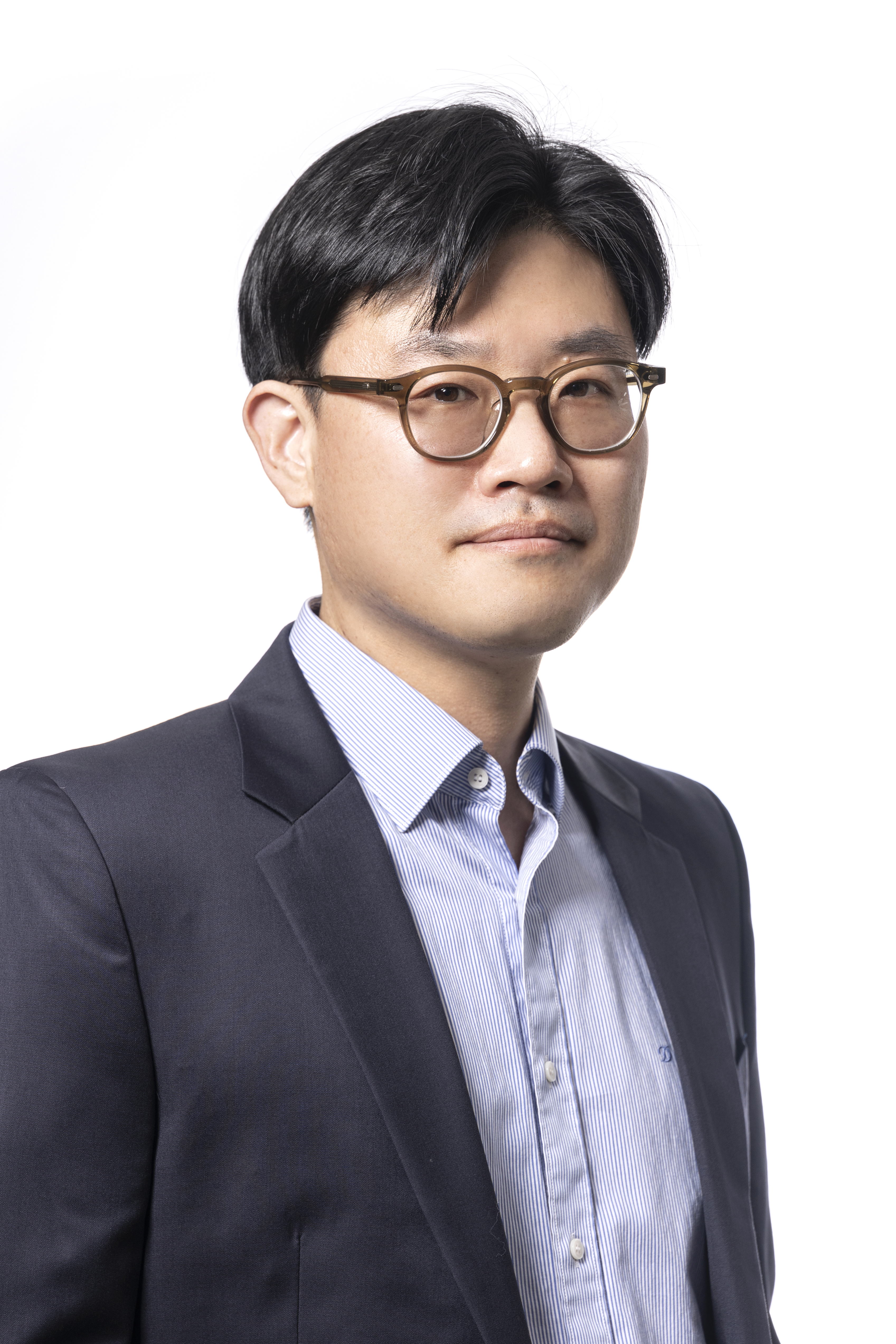

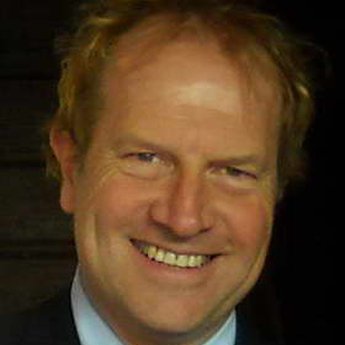
.jpg)
